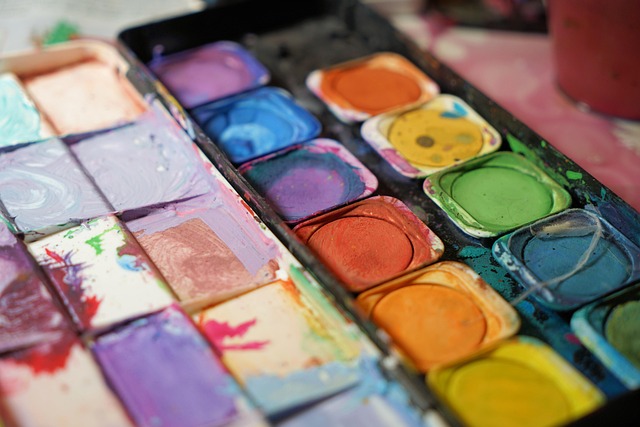The Art of Digital Illusion: Exploring Visual Tricks in Graphics
In the bustling realm of graphics, where creativity meets technology, one captivating theme emerges time and again: the digital illusion. This concept not only challenges our perception but also invites us into a vibrant world where the ordinary becomes extraordinary. Through skillful techniques and innovative designs, artists can create mesmerizing images that provoke thought, spark emotions, and even deceive the eye.
Imagine scrolling through your favorite social media feed and stumbling upon a graphic that seems to defy reality. Perhaps it’s a stunning landscape, where colors meld together in harmonious chaos, or an architectural marvel that appears to float in mid-air. These visual tricks play with our senses and challenge us to see beyond what lies on the surface. The magic of digital illusion lies in its ability to evoke feelings, wave thoughts, and ignite the imagination.
The techniques used to create these illusions are as diverse as the artists themselves. From optical illusions that can transform shapes and perspectives to clever shadow work that adds depth and dimension, the possibilities are endless. Artists use layers, gradients, and carefully placed highlights to trick the mind, turning a simple image into a multi-faceted experience. Each pixel is meticulously crafted, driving the viewer to engage with the artwork on a deeper level.
Moreover, the integration of motion graphics has taken the idea of digital illusion to new heights. Animated visuals can create fluid transitions that immerse viewers, allowing them to participate in the narrative. Whether it’s a simple gif or a complex 3D animation, the dynamism brought about through movement captures attention and heightens the overall impact of the piece.
Furthermore, the rise of augmented reality (AR) and virtual reality (VR) has revolutionized the way we experience digital illusion. By blending the digital and physical worlds, these technologies invite us to step inside the artwork, turning passive viewers into active participants. Imagine donning a VR headset and exploring a vibrant world where the laws of physics no longer apply, each scene meticulously crafted to create a sense of wonder and enchantment.
As we delve deeper into the world of digital illusion, it becomes clear that it is not merely about deception but rather about exploration and expression. Each illusion offers an opportunity to question our beliefs, expectations, and perceptions. In an age where our screens are filled with imagery, embracing the art of digital illusion allows us to connect more profoundly with the creativity that surrounds us.
Inspiring curiosity and contemplation, the world of graphics and digital illusion invites us to see art not just as a static entity, but as a living, breathing experience. So, the next time you come across an artwork that captivates your senses, take a moment to appreciate the skill and imagination behind it. You are not just witnessing a visual trick; you are participating in a conversation between the artist and yourself, where reality bends and creativity reigns supreme.




